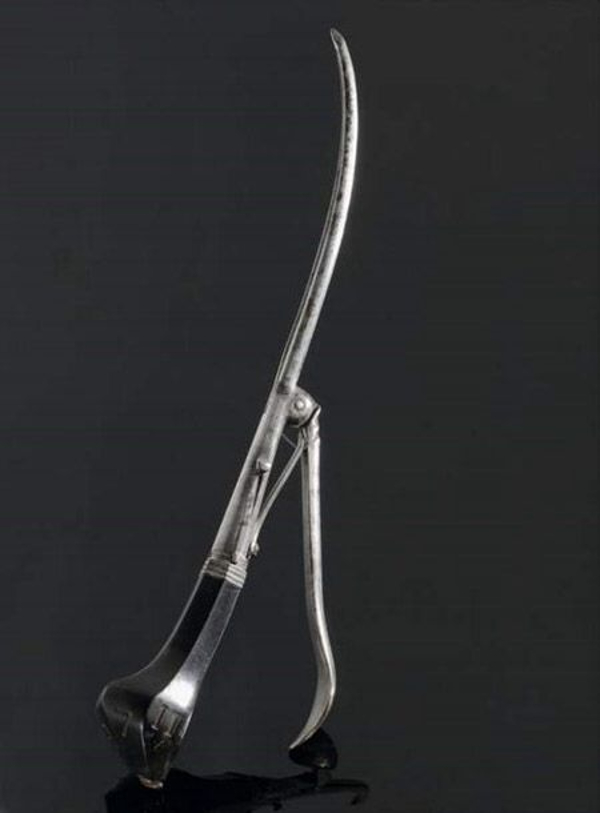
10 Horrifying Old Medical Devices That Will Make You Glad You Live In The 21st Century
Every single thing on this list made me say, “OH MY GAHHHHHHHD”. These medical devices are the most disturbing things I’ve seen in a long, long time. I promise you, promise you, that at least one of these will make you glad that you live in this century. Also, comment down below. Which one of these were the most horrifying? Let me know. And without further ado, I present to you this article. Good luck keeping your lunch down.
1. The Lithotome
Horrifying. This belongs in a goddamn horror film. Before we knew more about bladder stones, this murder weapon was used. This was used to easily cut open the bladder, to let the surgeon reach in and easily remove bladder stones.
Better yet, the hidden blade is spring loaded. A surgeon would insert the lithotome into… y’know, down there. The trigger would then be pulled, and the bladder forcibly sliced open.
Be glad there are people who make a living studying your pee bag.
2. The Scarificator
OH GOD. NO. NO NO NO NO NO. This thing is scary AF.
Used in the 1870s for mass vaccination efforts for polio, the Scarificator was simply dipped in polio discharge and then “scarred” the person being vaccinated.
Larger versions were also used for large amounts of bloodletting, which was the supposed cleansing of “dirty” blood. Complete bs, but people did it.
3. Trepanation Kit
This reminds me so much of my grandfather. He was an orthopedic surgeon, and I swear, his scalpels looked like carpentry tools, just in stainless steel.
In truth, this is a lot more gruesome. This is a trepanation kit, or a collection of knives, pliers, and suction flutes used to bash holes in a person’s skull.
Supposedly, these relieved pressure and mental damage by releasing gas from the brain.
Trepanation has been being used since the dark ages, the philosophy then being that holes in the skull released evil spirits.
Tragically, most patients died after trepanation procedures due to infections of surrounding tissue.
4. The Ecraseur
Not gonne lie, I’m not entirely sure what this means ’cause I’m a guy. But apparently the ecraseur was used to remove uterine and ovarian tumors, as well as other tissue masses like hemorrhoids and polyps. I’m a guy, and I really don’t wanna talk about that kind of stuff, but basically, the wire at the bottom was tighten around the tumor until all blood flow was cut off, at which point the tissue was swiftly cut away.
These days, modern methods of cauterization make for a more comfortable experience, thank god.
5. The Chainsaw
This isn’t as weird as it sounds… Okay never mind. It’s pretty messed up.
“But this isn’t a medical device…” You say.
“Shut up and let me explain.”
The chainsaw was originally invented by two Irish scientists by the names of John Aitken and James Jeffray in 1780s. Originally, it was invented to assist in childbirth.
I know… I’m disgusted too.
It’s not as bad as it sounds. Assuming the baby was too big to get out of the woman’s *ahem* lady parts, the excess cartilage and tendon was removed used the fine teeth of this exacto chainsaw, if you will.
Disgusting, but it worked. Kind of.
Most women who experienced this horror film of a medical device were “brutalized” and experienced extreme pain. Most were permanently injured due to extreme removal of the bone around the pelvic area.
6. The Trephine
You know what’s sad? I’ve seen one of these. In real life. And it is still being used today. Why.
I may have mentioned that my grandfather was an orthopedic surgeon, and he used a variant of the trephine, uncomfortably similar to the picture in front of you.
The trephine was used for cutting out circular pieces of bone and tissue, much like the tools seen earlier in the trepanation kit. This version was most often used to bore out a piece of bone for a biopsy. A more delicate style of the device could be used to cut a round piece of the eye’s clear cornea for transplantation. Though today’s tools are far more advanced, this age-old technique is still used for bone marrow biopsies.
WHY.
7. The Tonsilotome
The first time I saw this, it was in a video of horrifying historical facts. I genuinely thought it was a castrator.
Moving on… The tonsilotome, also known as the tonsil guillotine, was a surgical device used to remove tonsils. A screw locked the blade into place would be removed, and the trigger pushed down, revealing a razor sharp blade that swiftly sliced through the tonsil.
My opinion?
AAAAHHHHHHHHHH!!!!!!!!!!!!!
THE PAIN, NOT TO MENTION THE BLEEDING?! UNBELIEVABLE!!!!
AAAHHHHHHH
8. Screw Forceps
Used during the mid 1700s, the screw forceps made visits to the dentist office even more undesirable.
The iron jaws of these plier-like instruments were used to lock a round a tooth, quite literally rip it out of the person’s head, and do all of that uncomfortably quickly.
The screw from which it gets its name was tighten around the tooth, which was then pulled.
If the roots remained, the screw forceps doubled as a root canal implement.
This almost makes a modern dentist visit seem fun. Almost.
9. The Ivory Pessary
Uh…
This is getting uncomfortable.
Not all medical devices look scary. This is one of them.
The ivory pessary was used to help stabilize a prolapsed uterus. Ew.
This thing went inside women, and was held in place by an external LEATHER STRAP. WHY.
10. The Hernia Tool
Developed and used during the 1850’s, this unique tool was used after the restoration of a hernia. It was inserted into the body near the affected area and left there for a week to produce scar tissue that would help seal off the hernia.
The surgeons would quite literally leave the tool there for weeks at a time.
Now, surgeons use a disposable mesh to let the scar tissue form, but this?
I thought it was nail gun!
827views
Share on FacebookClearly written by a 10 year old boy. "I don't wanna talk about girl stuff ewwww" is pretty laughable. Also FYI, the chainsaw was used to cut and deform the pelvis and caused lifelong pain and disability in thousands and thousands of women, so yeah, it actually IS that bad!
Yeah, I’m getting 10yo vibes. This could have been such an interesting article but, evidentially, the author tried to impress us with how gross they found everything. Trepination - still a useful medical procedure used to save lives. Not from demons and the like but from brain swelling, Uterine prolapse - it’s a thing that happens to many women and if you, author could present it with a little less “ew” maybe women would be more likely to seek and receive treatment for it (cos those ivory pessaries worked and prevent further pain and suffering) “Bone biopsies. WHY” - why? Oh, just to check for cancer and stuff, that’s why. Nothing important, Author - I would love to see a more mature rewrite of this article as you clearly so have some knowledge in there somewhere. Perhaps readjust your attitude to women’s health as well? Women have suffered a lot under a male-led medical profession for many years. We don’t need people perpetuating it anymore.
Load More Replies...Clearly written by a 10 year old boy. "I don't wanna talk about girl stuff ewwww" is pretty laughable. Also FYI, the chainsaw was used to cut and deform the pelvis and caused lifelong pain and disability in thousands and thousands of women, so yeah, it actually IS that bad!
Yeah, I’m getting 10yo vibes. This could have been such an interesting article but, evidentially, the author tried to impress us with how gross they found everything. Trepination - still a useful medical procedure used to save lives. Not from demons and the like but from brain swelling, Uterine prolapse - it’s a thing that happens to many women and if you, author could present it with a little less “ew” maybe women would be more likely to seek and receive treatment for it (cos those ivory pessaries worked and prevent further pain and suffering) “Bone biopsies. WHY” - why? Oh, just to check for cancer and stuff, that’s why. Nothing important, Author - I would love to see a more mature rewrite of this article as you clearly so have some knowledge in there somewhere. Perhaps readjust your attitude to women’s health as well? Women have suffered a lot under a male-led medical profession for many years. We don’t need people perpetuating it anymore.
Load More Replies...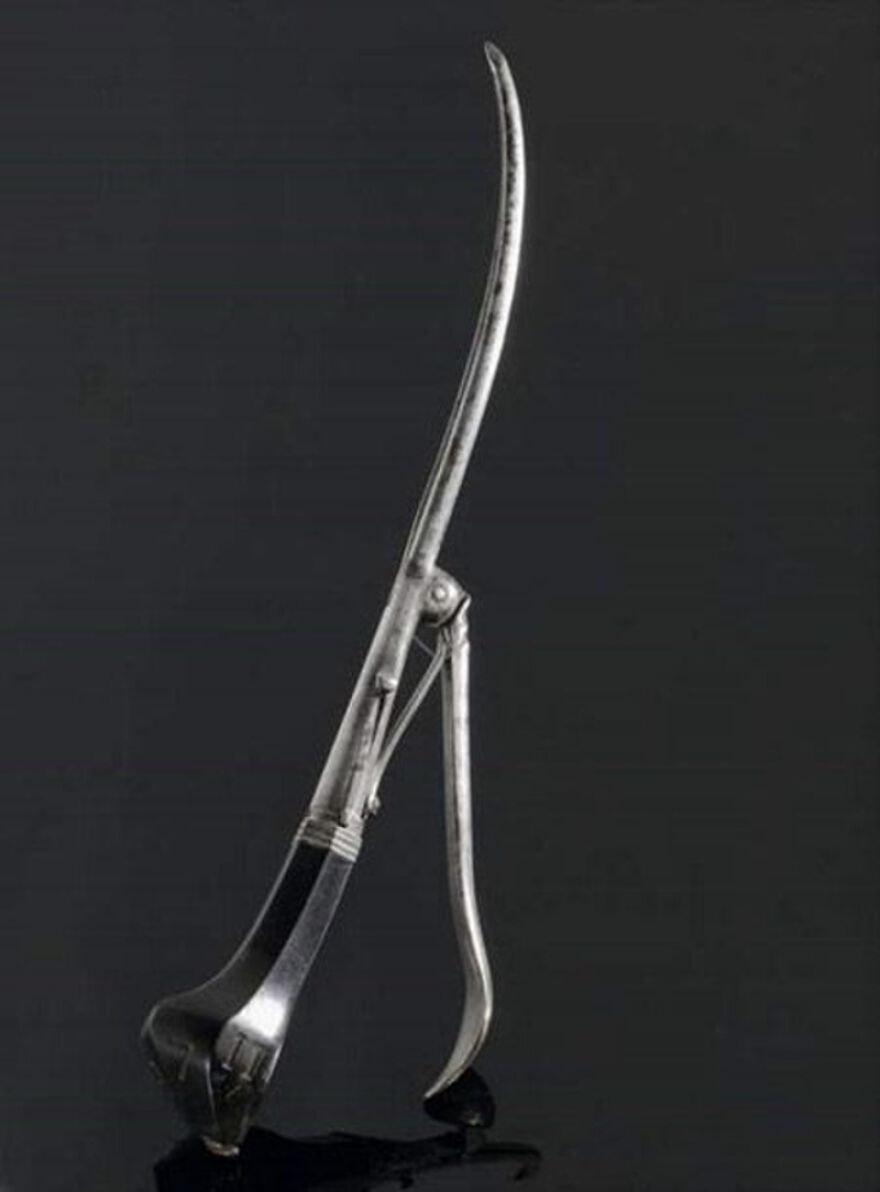
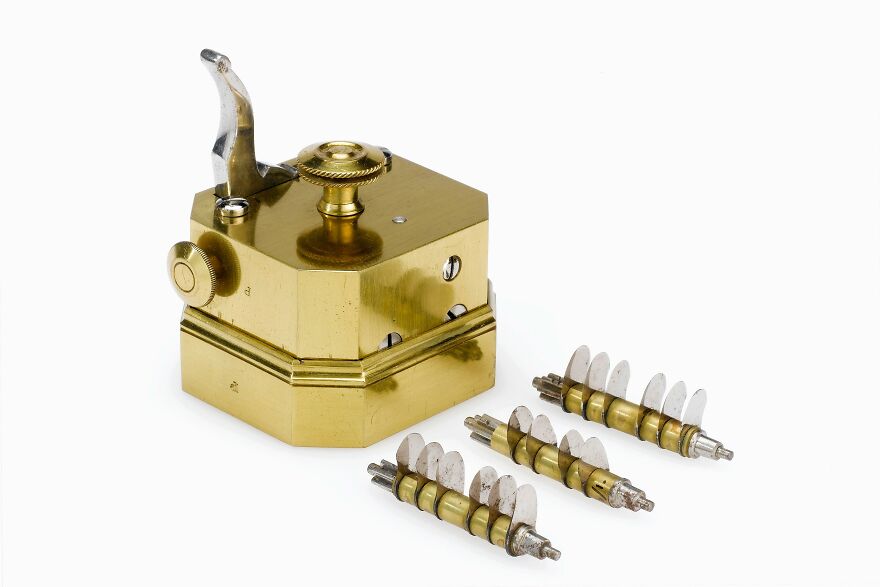
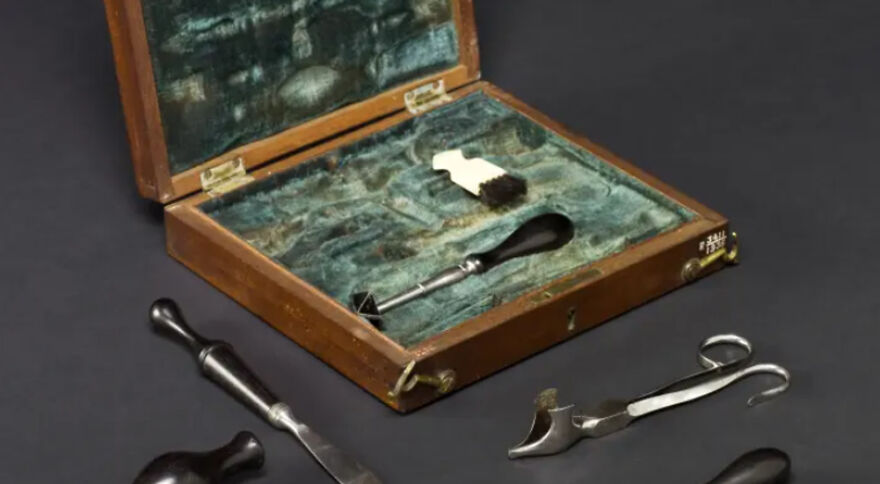
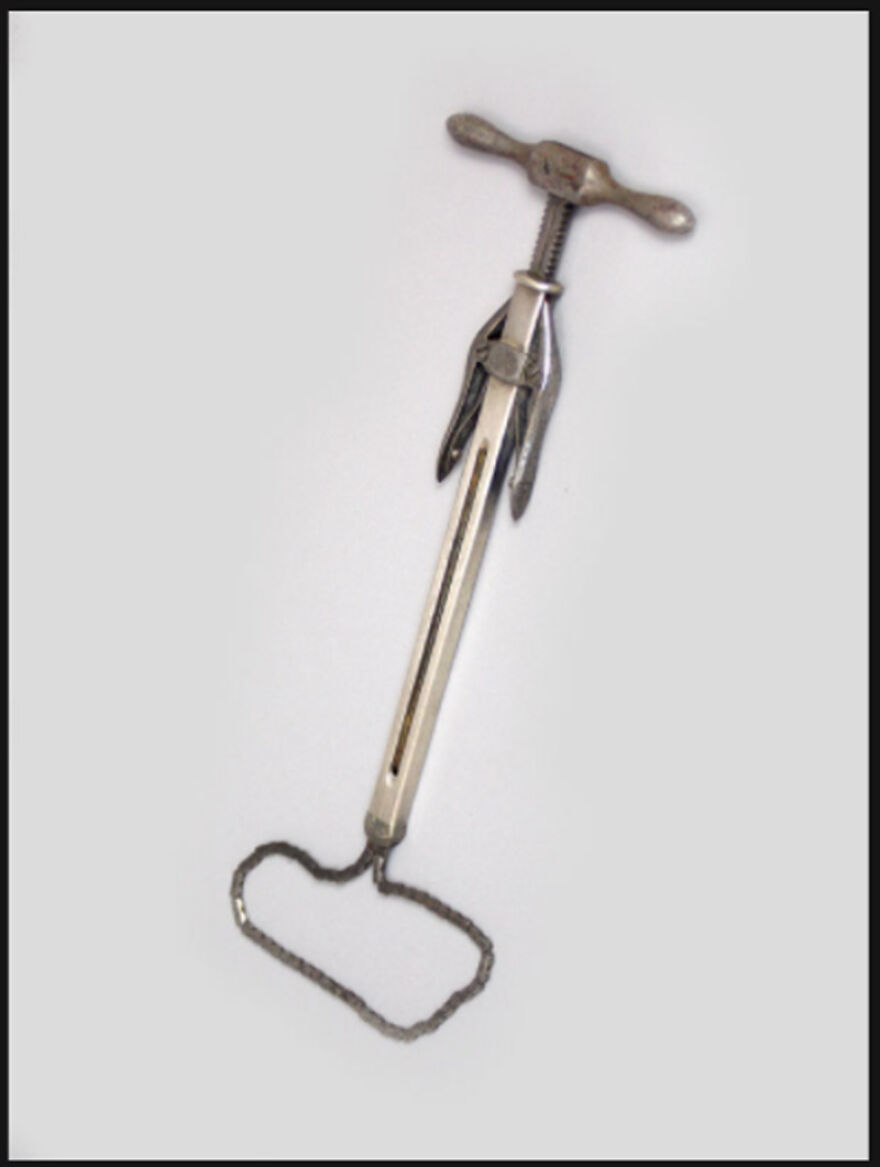
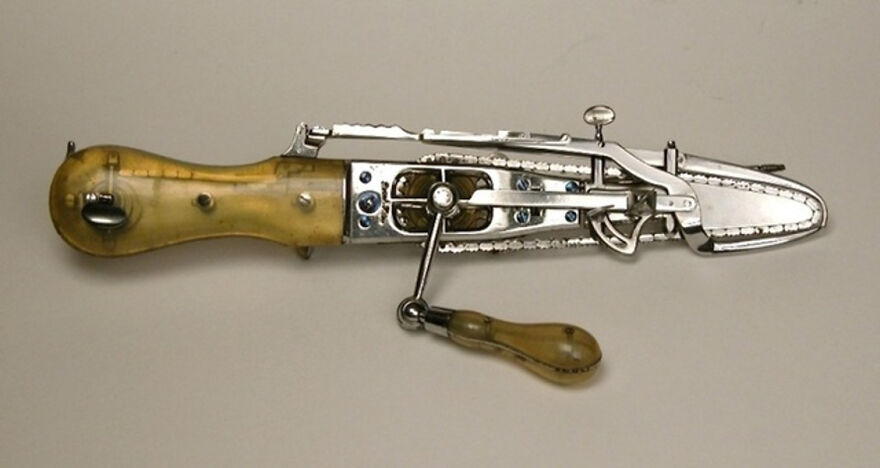
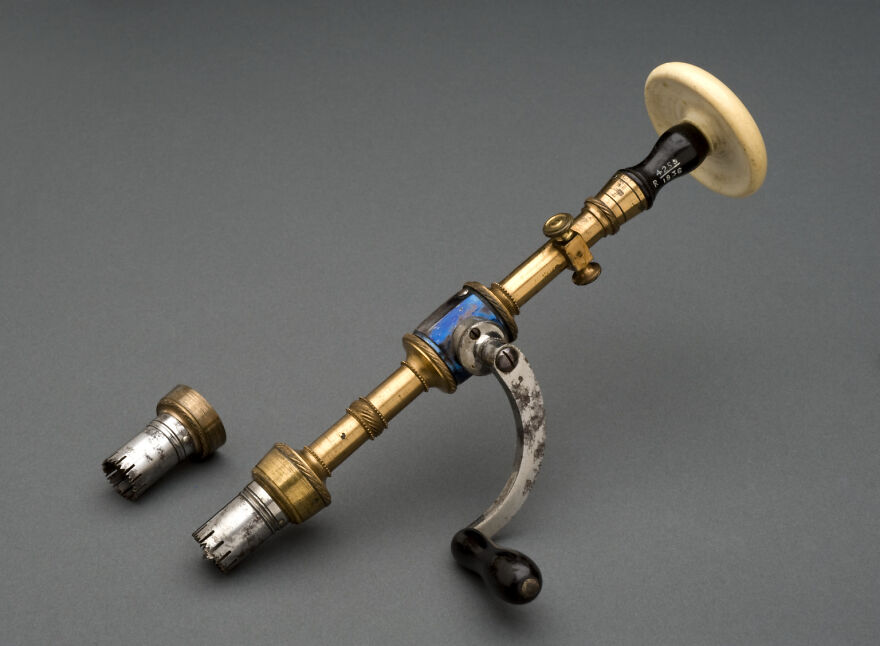
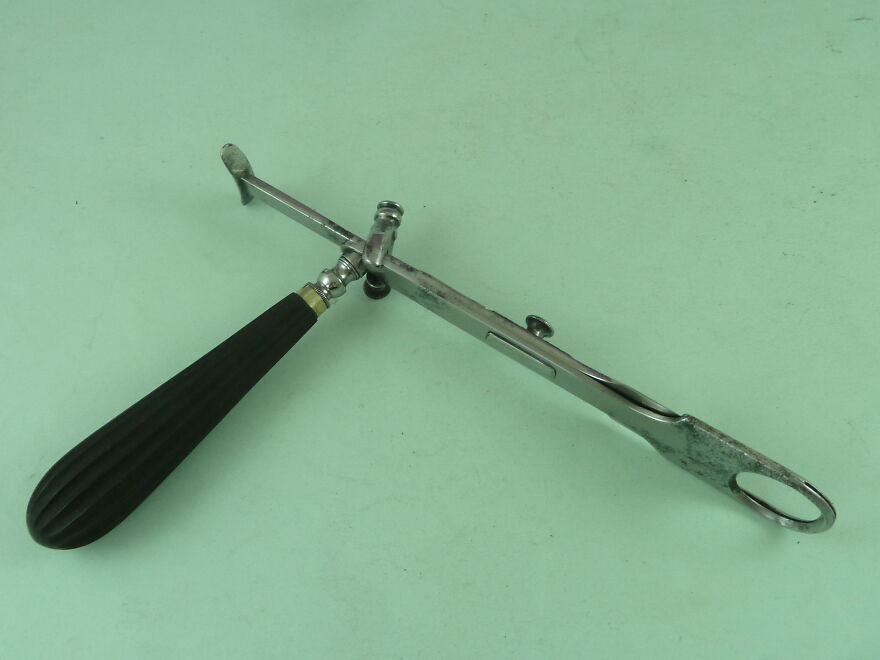
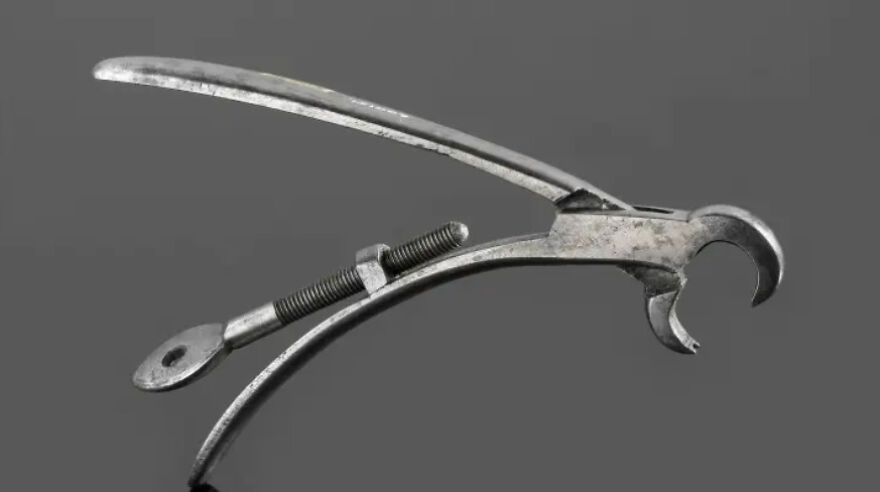
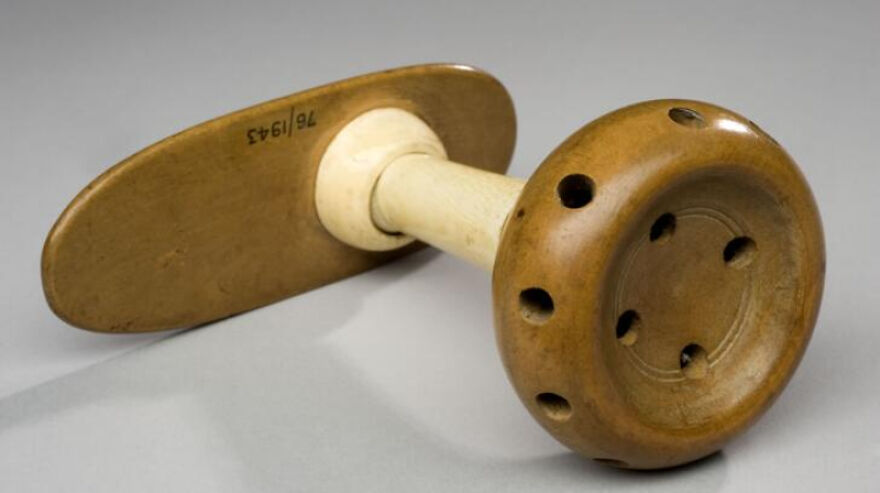
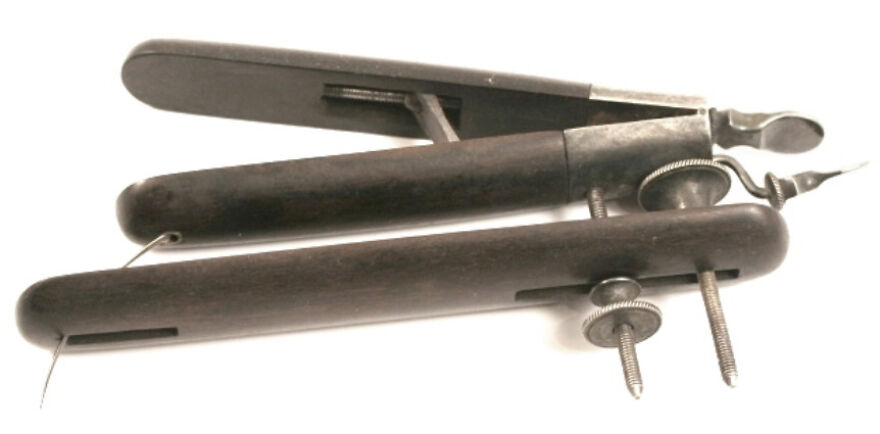




2
4